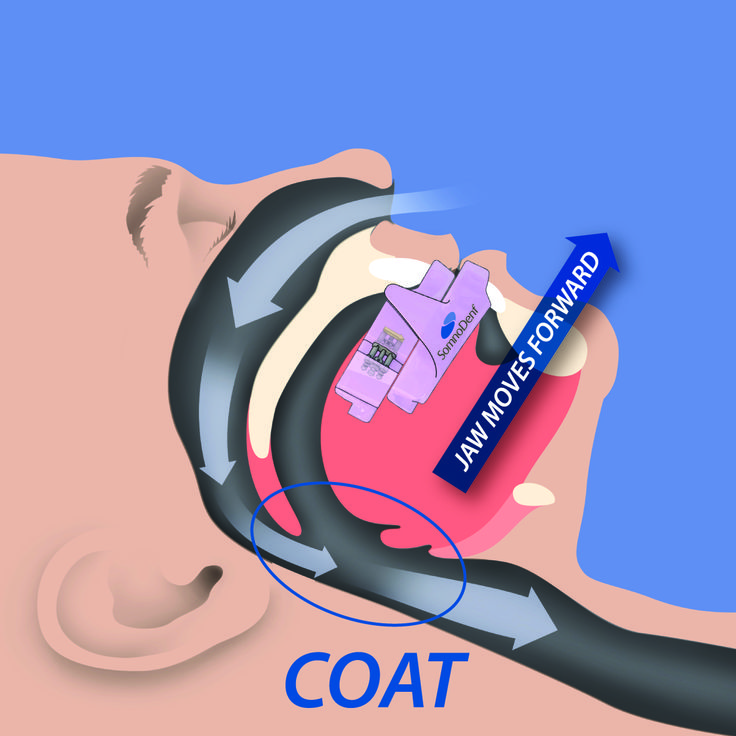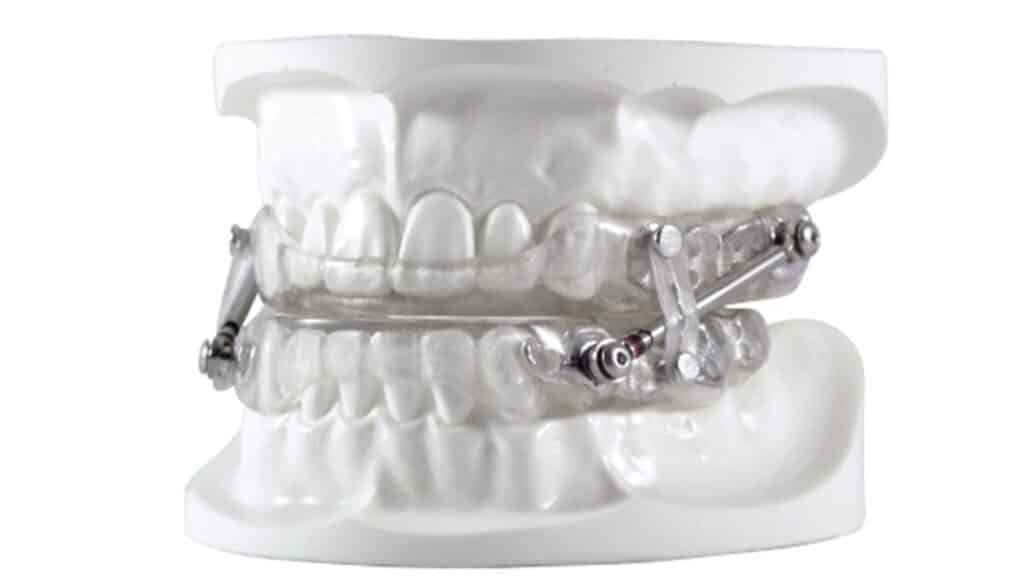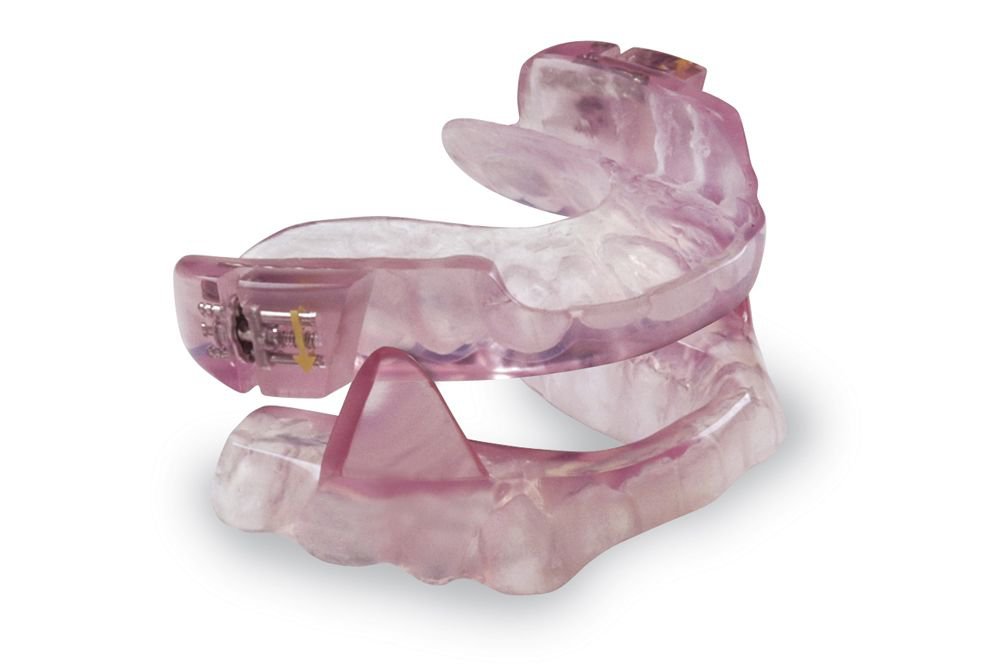Dental appliances for sleep apnea
Table of Contents
Table of Contents
Do you or someone you love suffer from sleep apnea? Are you tired of feeling constantly exhausted and drained? Have you considered dental appliances for sleep apnea and craniofacial development as a solution to your problem?
Pain Points
Sleep apnea can be a debilitating condition that affects many individuals and can cause a wide range of symptoms such as snoring, insomnia, and daytime fatigue. Traditional methods of treatment, such as the CPAP machine, can be uncomfortable and cumbersome. Additionally, sleep apnea can even affect the development of a person’s craniofacial structure if not addressed properly.
Target of Dental Appliances for Sleep Apnea and Craniofacial Development
Dental appliances are a non-invasive and effective solution for those suffering from sleep apnea. These oral devices are designed to help keep the airway open during sleep, reducing snoring and preventing apnea episodes. Additionally, dental appliances can also help promote proper craniofacial development and alignment.
Main Points
Dental appliances are an effective solution for those suffering from sleep apnea, promoting proper alignment and reducing the severity of symptoms. These appliances are non-invasive and provide a comfortable alternative to traditional treatments like the CPAP machine. Furthermore, using dental appliances can even help to correct any craniofacial development issues caused by sleep apnea.
Personal Experience with Dental Appliances
I can personally attest to the effectiveness of dental appliances for sleep apnea. After years of struggling with snoring and daytime fatigue, my dentist recommended a dental appliance. The results were immediate, and I finally found relief. Not only did it improve my sleep, but it also helped to promote proper craniofacial development.
Common Dental Appliances for Sleep Apnea
The two most common types of dental appliances for sleep apnea are mandibular advancement devices (MADs) and tongue retaining devices (TRDs). MADs work by holding the lower jaw forward, keeping the airway open. TRDs work by holding the tongue forward, preventing it from blocking the airway. Your dentist will recommend the best option based on your individual condition.
The Importance of Proper Dental Appliance Fit
It is crucial to have your dental appliance properly fitted by your dentist. A poorly fitting appliance can cause discomfort, tooth movement, or even further breathing obstruction. Additionally, regular check-ups and adjustments are necessary to ensure the effectiveness of the device.
Side Effects of Dental Appliances
While dental appliances are generally safe and well-tolerated, some individuals may experience side effects such as dry mouth, jaw pain, or tooth movement. These side effects can typically be alleviated with proper fitting and adjustments from your dentist.
Question and Answer Section
Q: How long does it take to adjust to a dental appliance for sleep apnea?
A: It typically takes a few weeks to adjust to using a dental appliance for sleep apnea. However, some individuals may take longer than others.
Q: Is it difficult to eat with a dental appliance?
A: No, it is typically not difficult to eat with a dental appliance. However, it is important to remove the device before eating to prevent damage or displacement.
Q: Can dental appliances be used for severe cases of sleep apnea?
A: In severe cases of sleep apnea, dental appliances may not be effective. Your dentist will recommend the best treatment option based on the severity of your condition.
Q: Are dental appliances covered by insurance?
A: Dental appliances for sleep apnea may be covered by insurance, depending on your plan and the severity of your condition. It is important to check with your insurance provider to determine coverage.
Conclusion of Dental Appliances for Sleep Apnea and Craniofacial Development
Dental appliances for sleep apnea are an effective and non-invasive solution to those suffering from the condition. The devices promote proper craniofacial development and reduce symptoms such as snoring, insomnia, and daytime fatigue. It is important to have your device properly fitted and adjusted by your dentist to ensure maximum effectiveness and minimize any potential side effects. Speak with your dentist to determine if dental appliances are right for you.
Gallery
CPAP Alternative Sleep Apnea Treatment | Sleep Center | VA MD & DC

Photo Credit by: bing.com / sleep apnea cpap oral appliance alternative treatment mask dental therapy
Best Dental Appliances For Obstructive Sleep Apnea - Home & Home

Photo Credit by: bing.com / apnea dental obstructive
Sleep Apnea Appliances - South Bay Dental

Photo Credit by: bing.com / apnea
Best Dental Appliances For Obstructive Sleep Apnea - Home & Home

Photo Credit by: bing.com / apnea obstructive
Dental Appliances For Sleep Apnea | Your Beautiful Smile

Photo Credit by: bing.com / apnea




